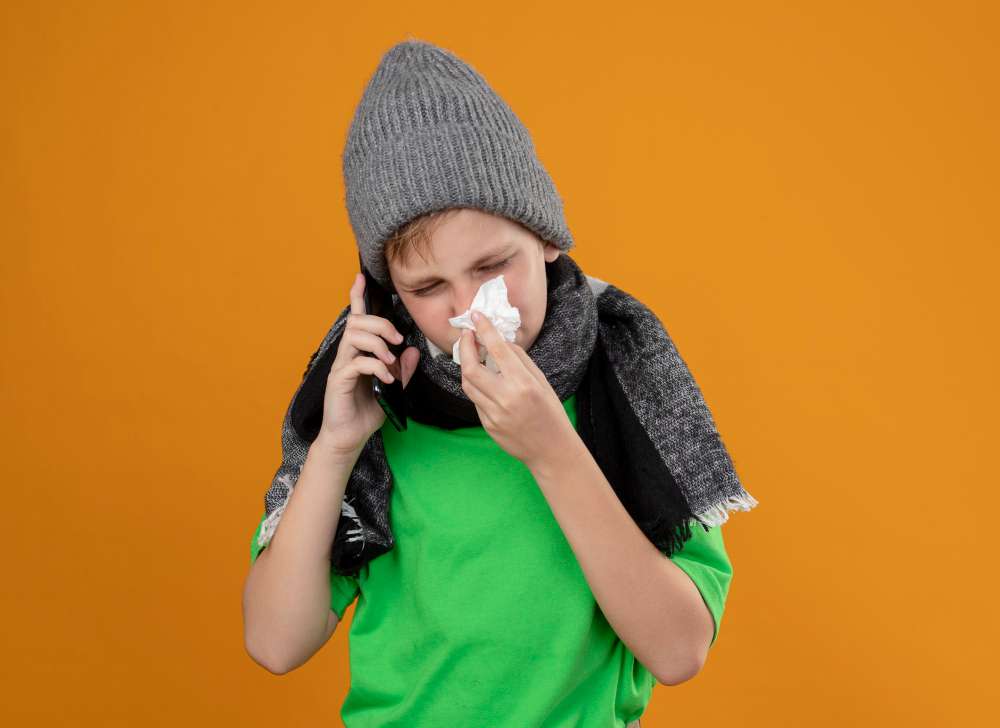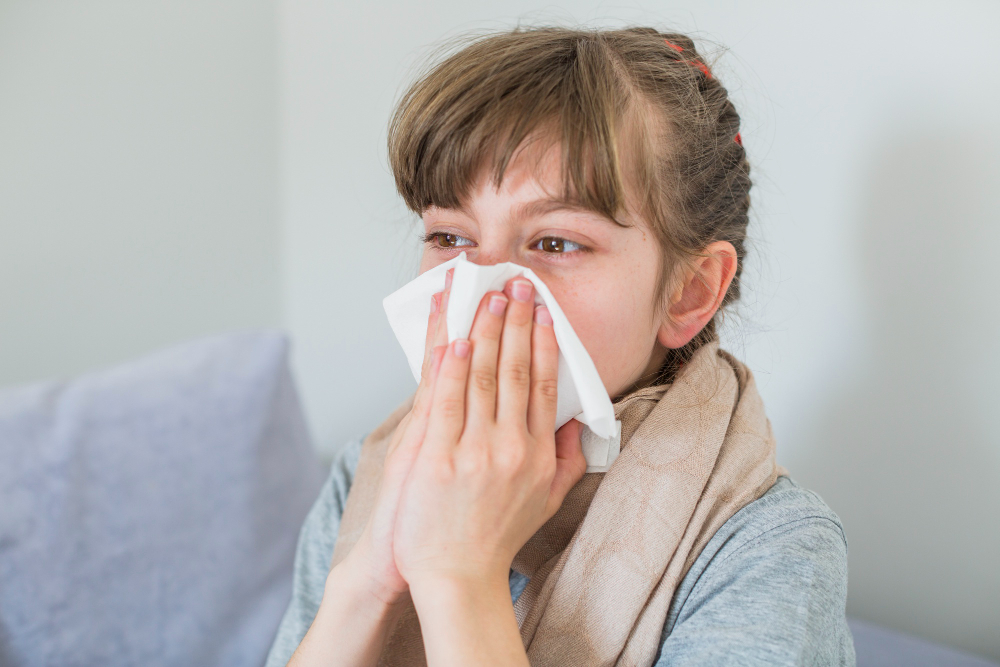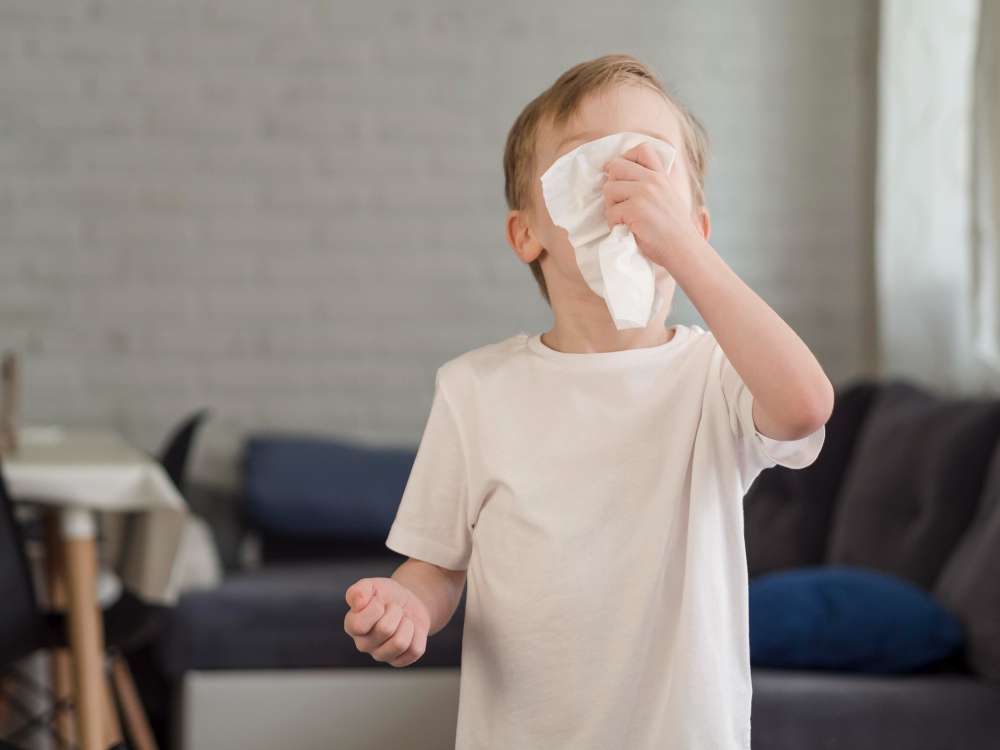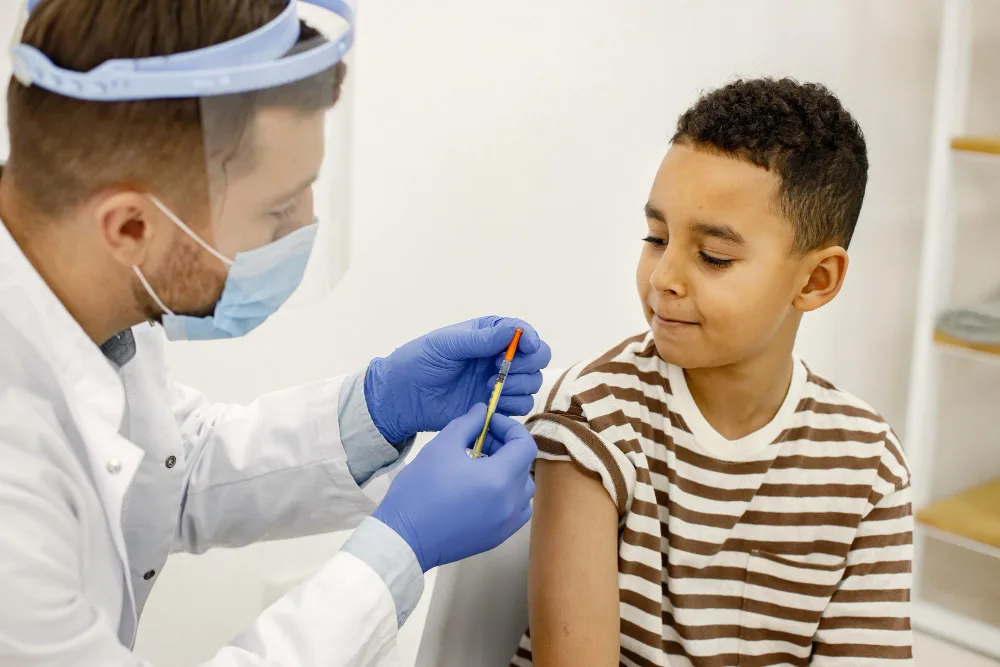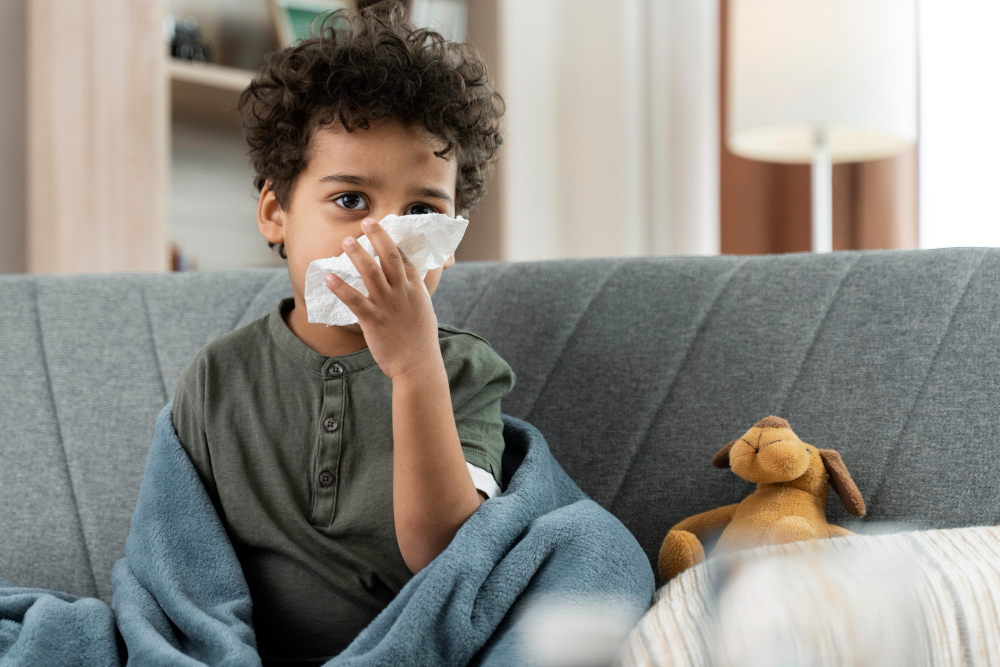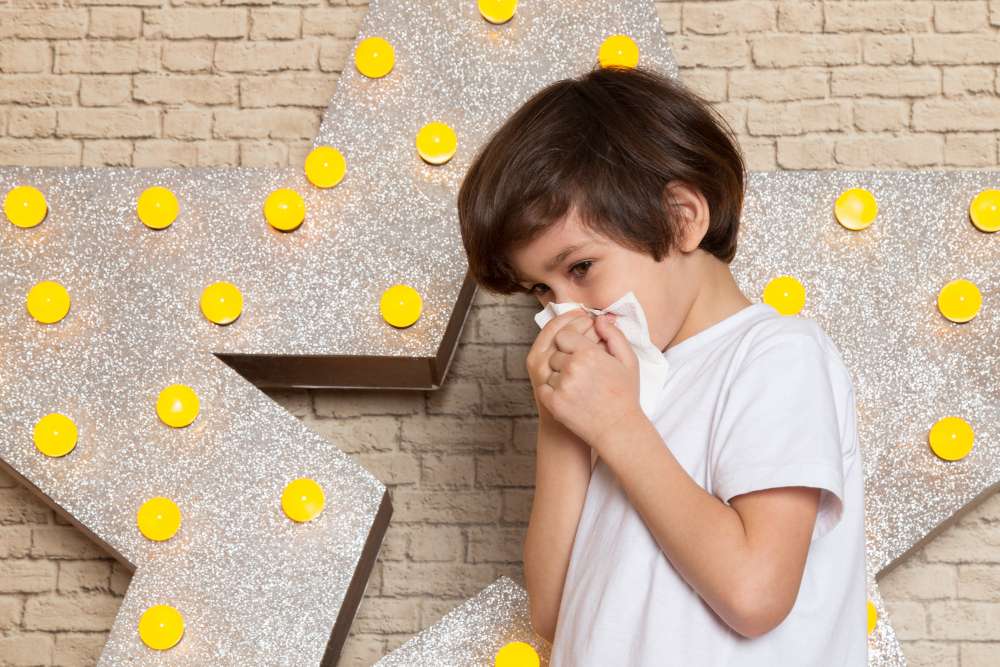Mold allergies
Mold allergies are caused by an immune system reaction to mold spores, which are tiny, airborne particles. These allergies can cause symptoms similar to other respiratory allergies, including sneezing, itching, runny nose, congestion, and dry, scaling skin. Mold spores are present in both indoor and outdoor environments, making it a year-round allergen for many people, […]
